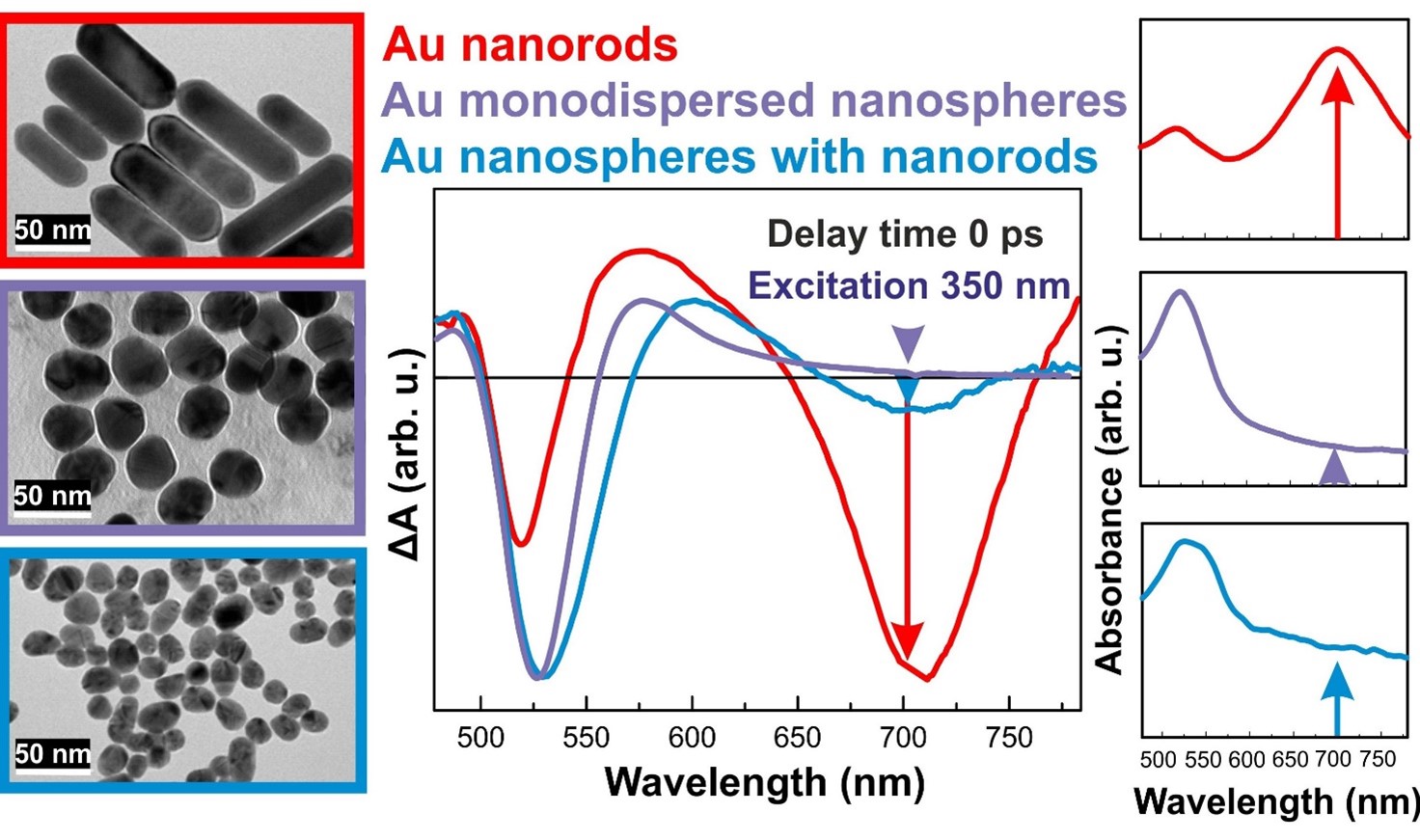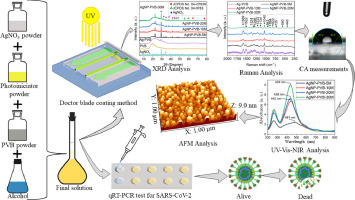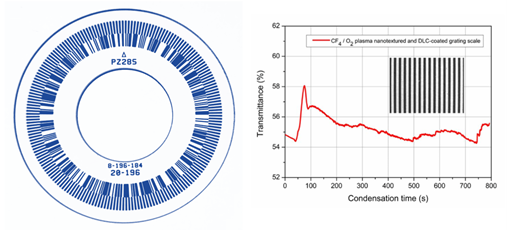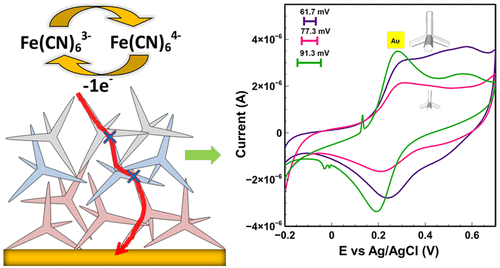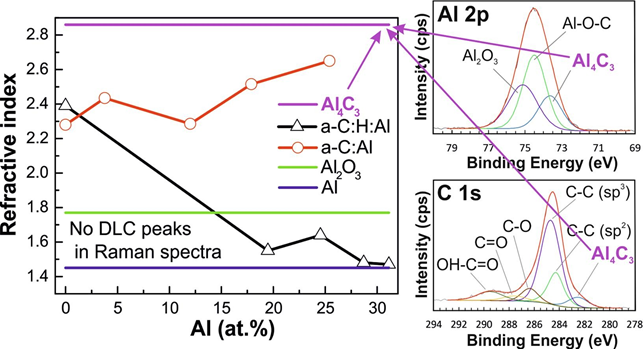We have developed a plasmonic nanolaser using colloidal silver nanocubes, which have excellent optical properties. These nanocubes are assembled into a structured pattern using a precise but scalable technique, enabling a unique optical effect called surface lattice resonance (SLR) that can enable lasing feedback. When combined with a laser dye, the system emits a laser beam at 574 nm with a narrow linewidth and low energy threshold, even without perfect nanoparticle arrangement. This approach allows for large-scale production of nanolasers, making them useful for medical diagnostics, optical circuits, and communication technologies. Read more…





